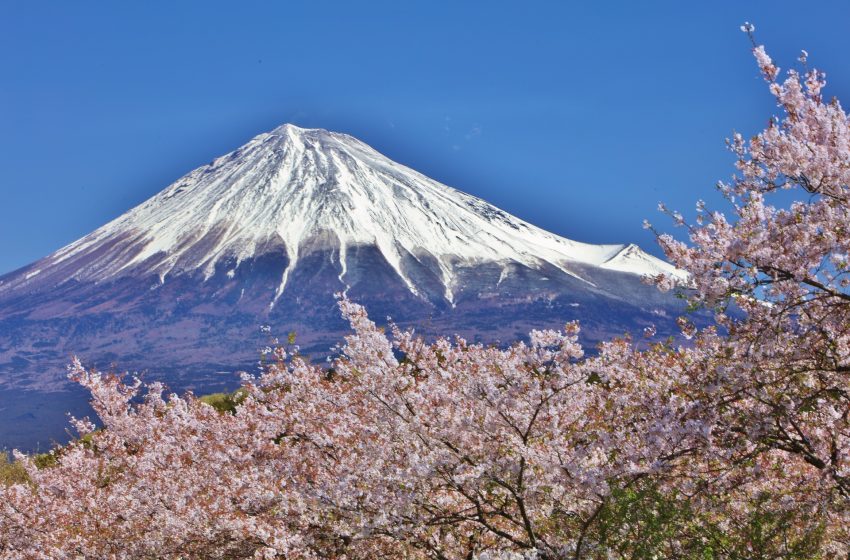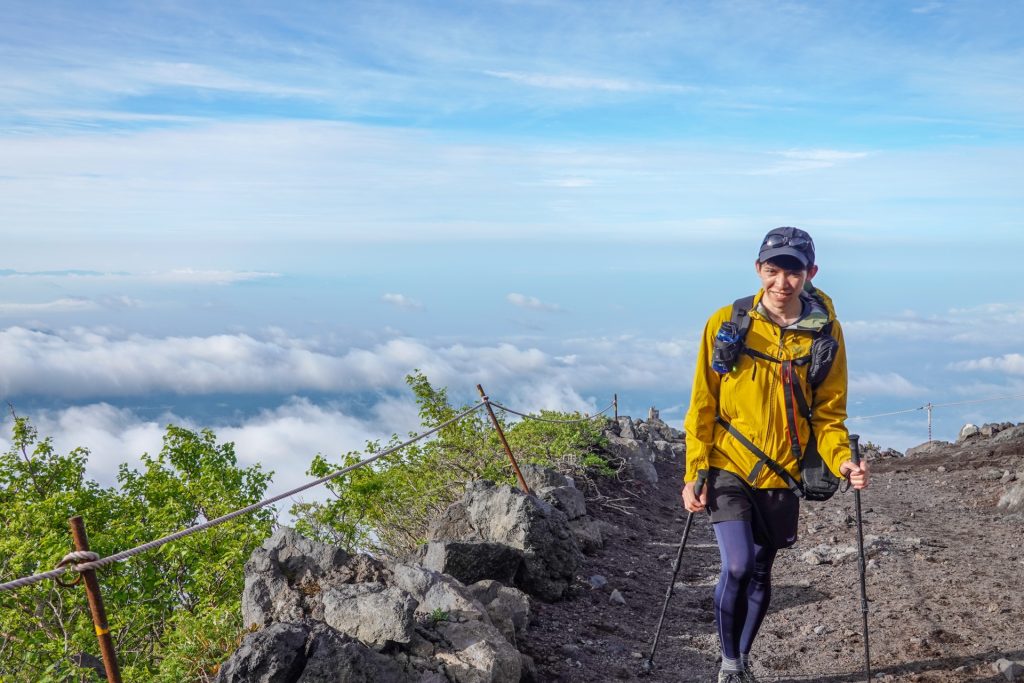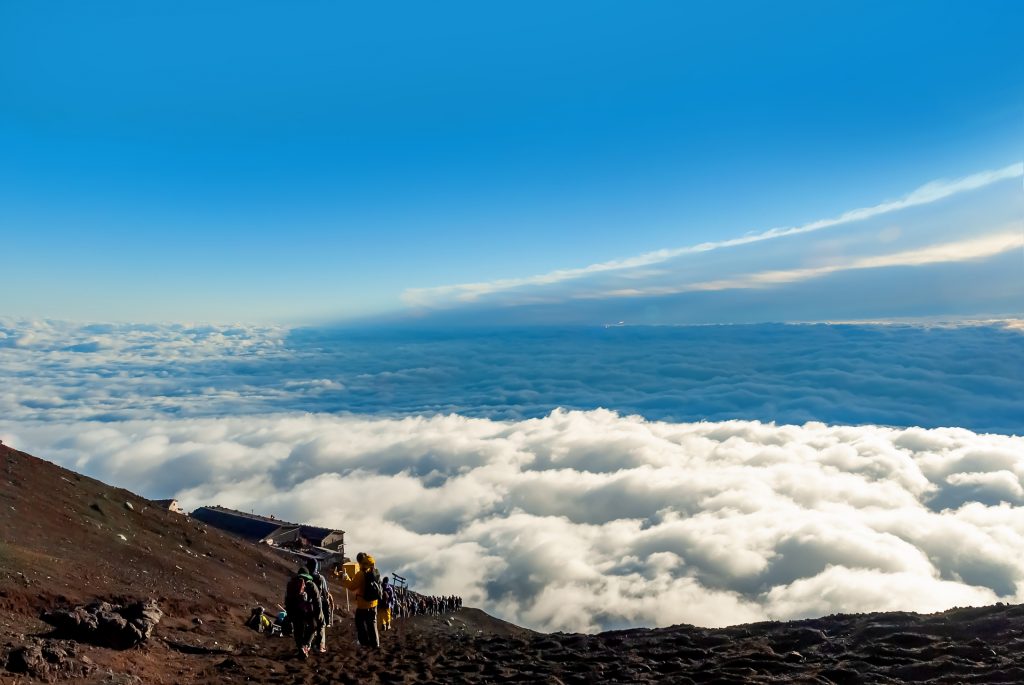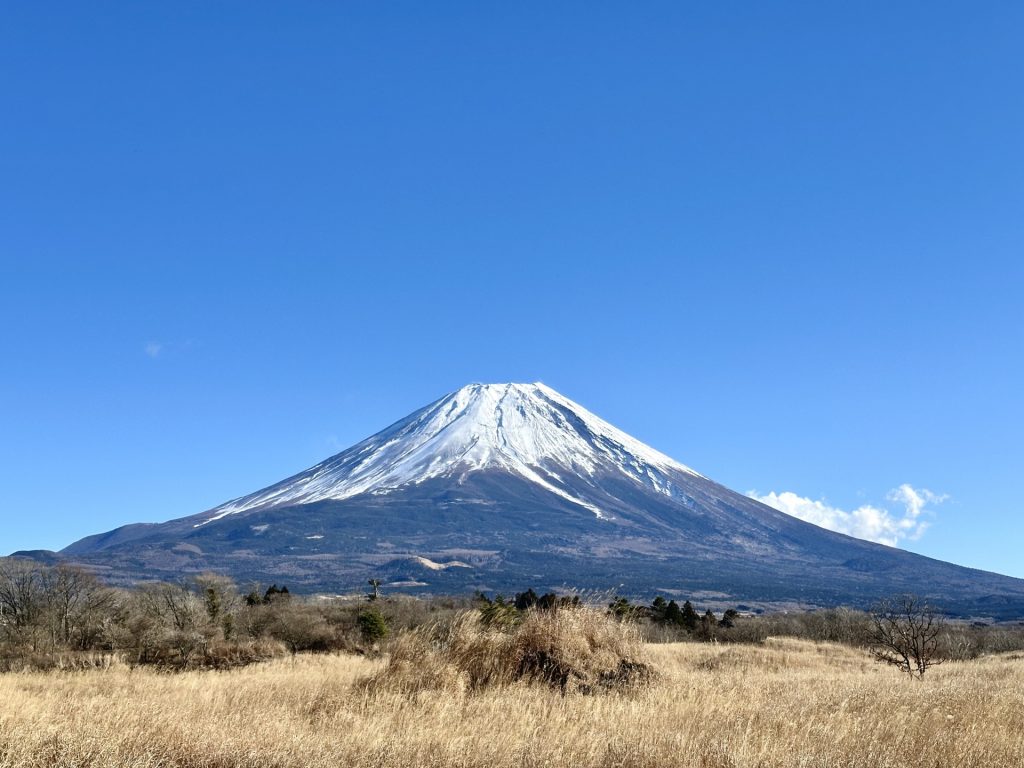
Mount Fuji
Majestic Mount Fuji: Japan’s Iconic Natural Wonder
Introduction
When it comes to iconic symbols of Japan, few can rival the awe-inspiring beauty of Mount Fuji. Revered for centuries as both a sacred site and a source of artistic inspiration, this majestic volcano stands as a testament to Japan’s natural wonders. For foreign visitors to Japan, a journey to Mount Fuji is a once-in-a-lifetime opportunity to witness the country’s breathtaking landscapes and immerse themselves in its rich cultural history.
The Legend and Spirituality of Mount Fuji
Mount Fuji, or “Fujisan” (富士山) in Japanese, has held a special place in the hearts of the Japanese people for centuries. It is considered a sacred mountain, often associated with spiritual and religious significance. Many pilgrims have ascended its slopes seeking enlightenment and a connection to the divine.
- Shugendo: Mount Fuji has long been an important site for practitioners of Shugendo, a Japanese mountain religion that emphasizes the connection between humans and nature. Pilgrims would climb the mountain as a form of ascetic training and spiritual purification.
- Shintoism: Mount Fuji is also a revered Shinto deity. The Sengen Shrines at the base of the mountain, including Fujisan Hongu Sengen Taisha, serve as places of worship and rituals related to the mountain’s divine presence.
Climbing Mount Fuji
For adventurous travelers, climbing Mount Fuji is an exhilarating and memorable experience. The climbing season typically runs from July to early September when the weather is most favorable. Here are some key tips for those who wish to tackle the ascent:
- Choose the Right Route: There are several routes to the summit, with the Yoshida Trail being the most popular. Each route offers its own unique views and challenges, so do your research and select one that suits your preferences.
- Prepare Adequately: Climbing Mount Fuji is a physically demanding endeavor. Ensure you have suitable clothing, hiking gear, and plenty of water. Be aware of altitude sickness and take necessary precautions.
- Respect the Environment: Mount Fuji is a UNESCO World Heritage site, and it’s crucial to treat it with respect. Follow the “Leave No Trace” principles, and do not litter or damage the environment.
[ad-ids]
Enjoying Mount Fuji from Afar
For those who prefer not to climb, there are plenty of ways to enjoy the majestic views of Mount Fuji from a distance:
- Kawaguchiko Lake: The serene Lake Kawaguchi offers some of the most stunning views of Mount Fuji. You can take a boat ride on the lake or simply relax on its shores.
- Chureito Pagoda: This iconic five-story pagoda in Arakurayama Sengen Park provides a picturesque view of Mount Fuji framed by cherry blossoms in spring and vibrant foliage in autumn.
- Onsen (Hot Springs): There are numerous onsen (hot spring) resorts around Mount Fuji, such as Hakone and Yamanakako, where you can soak in a relaxing bath while gazing at the mountain.
Conclusion
Mount Fuji is not just a mountain; it’s a symbol of Japan’s natural beauty, spirituality, and cultural heritage. Whether you choose to climb its slopes or simply admire it from a distance, a visit to Mount Fuji is an experience that will stay with you forever. So, make sure to include this iconic natural wonder in your travel itinerary when exploring Japan and witness the breathtaking grandeur of Mount Fuji for yourself.




